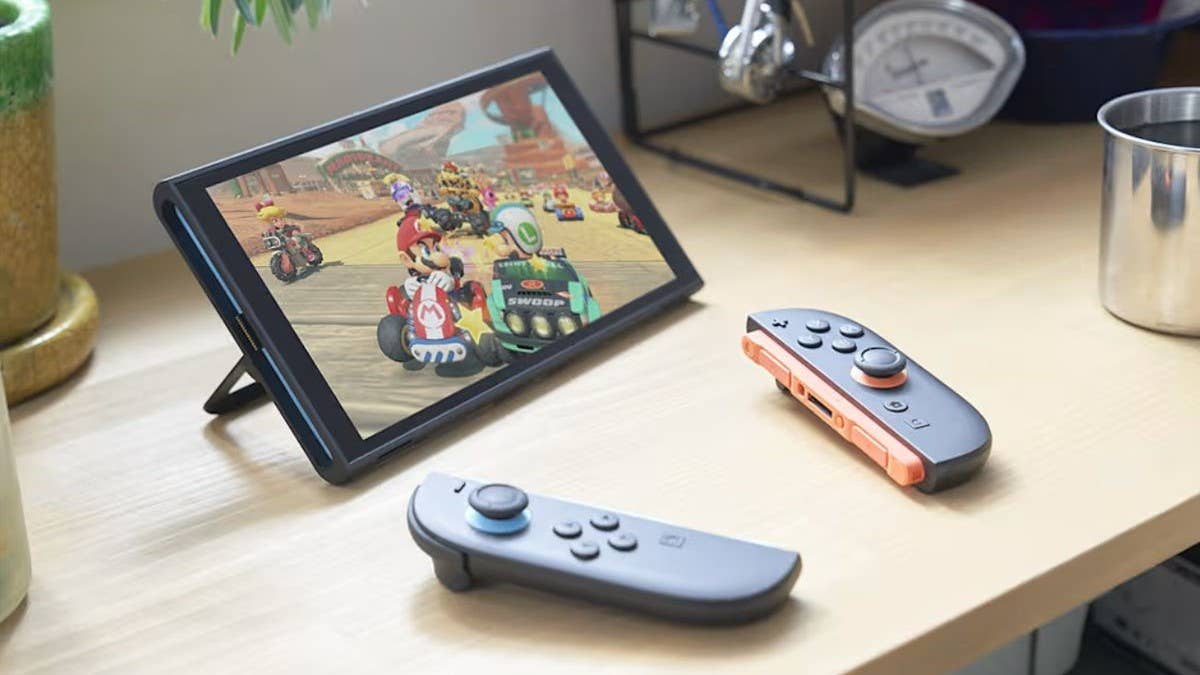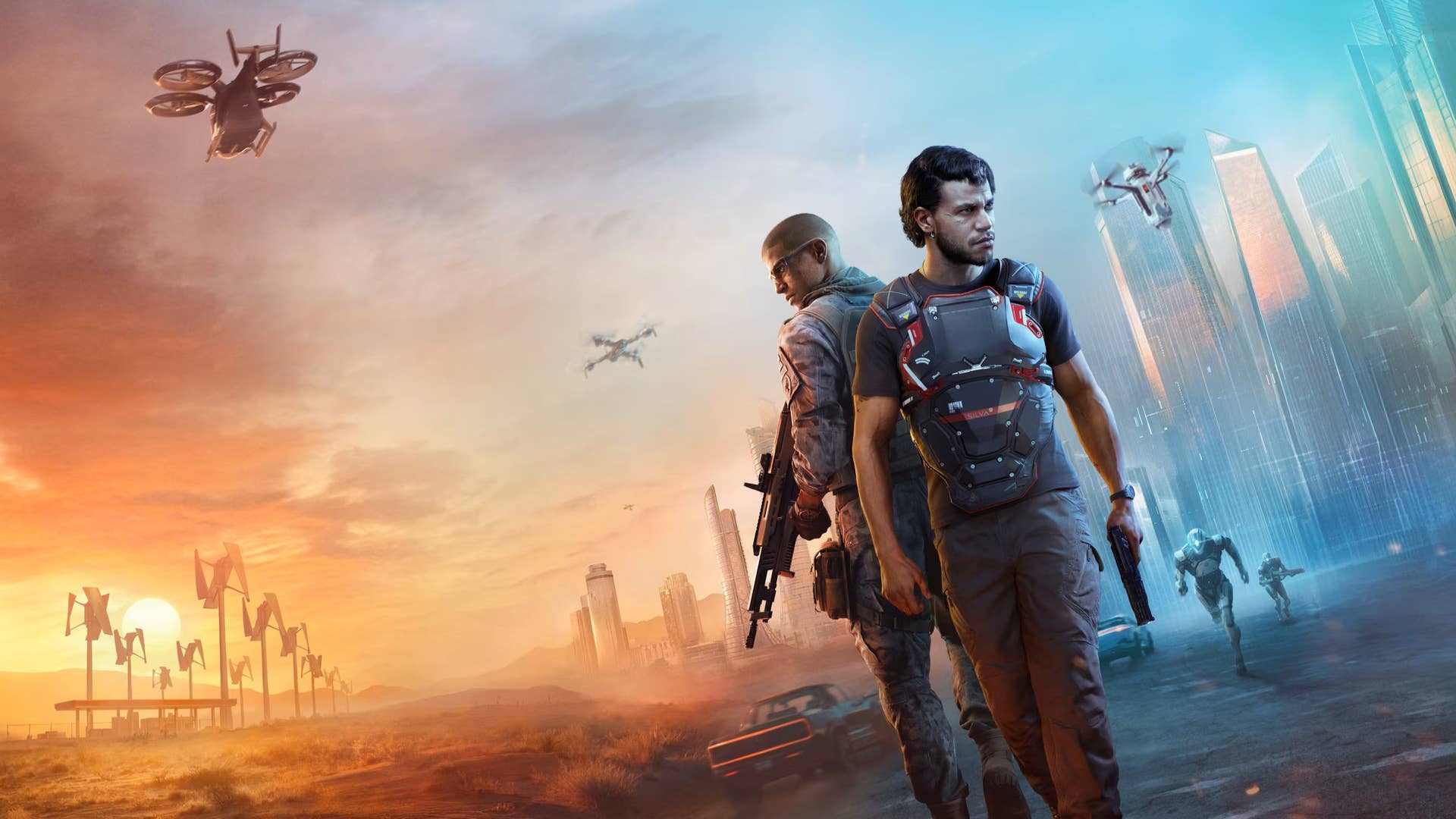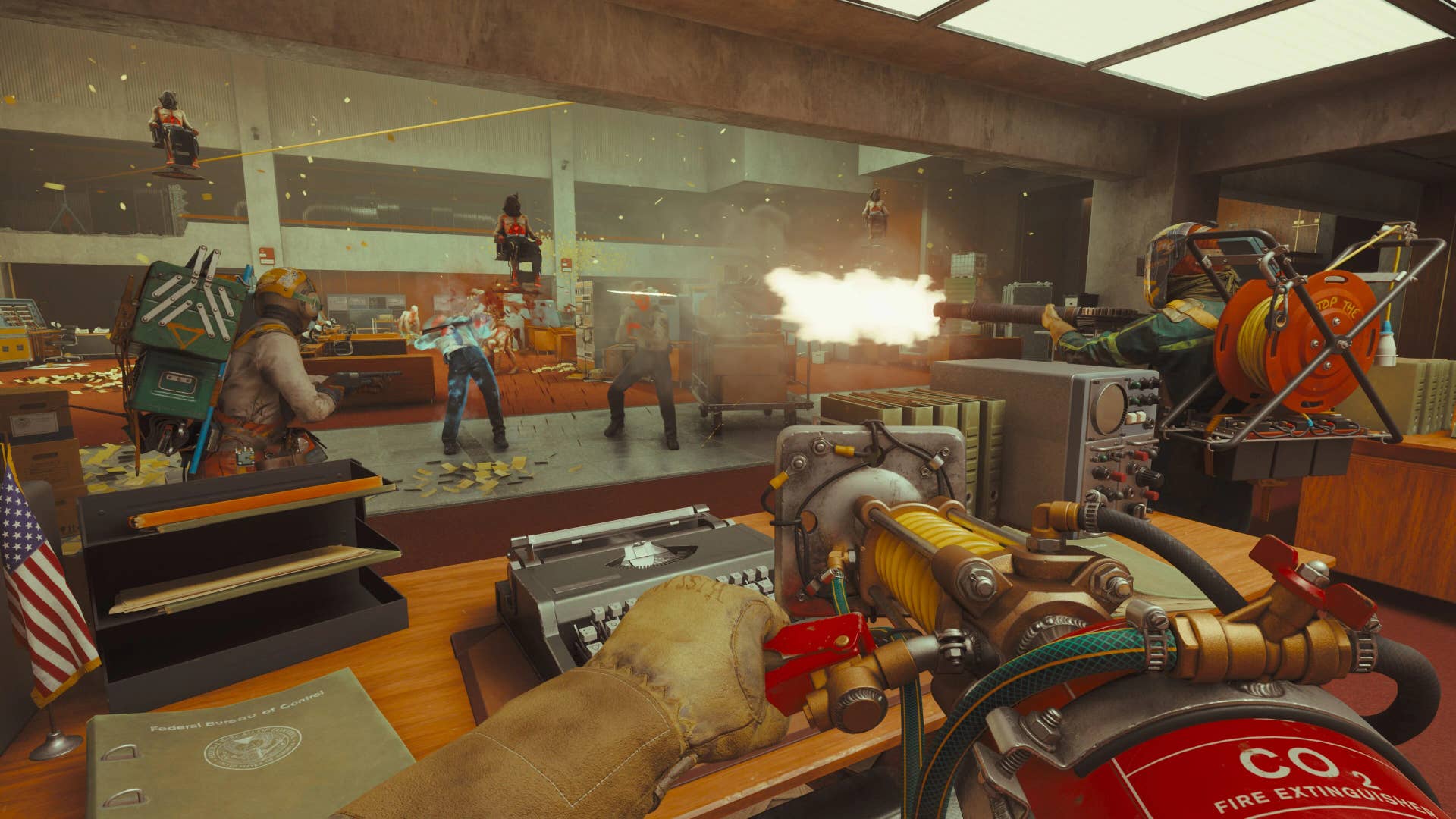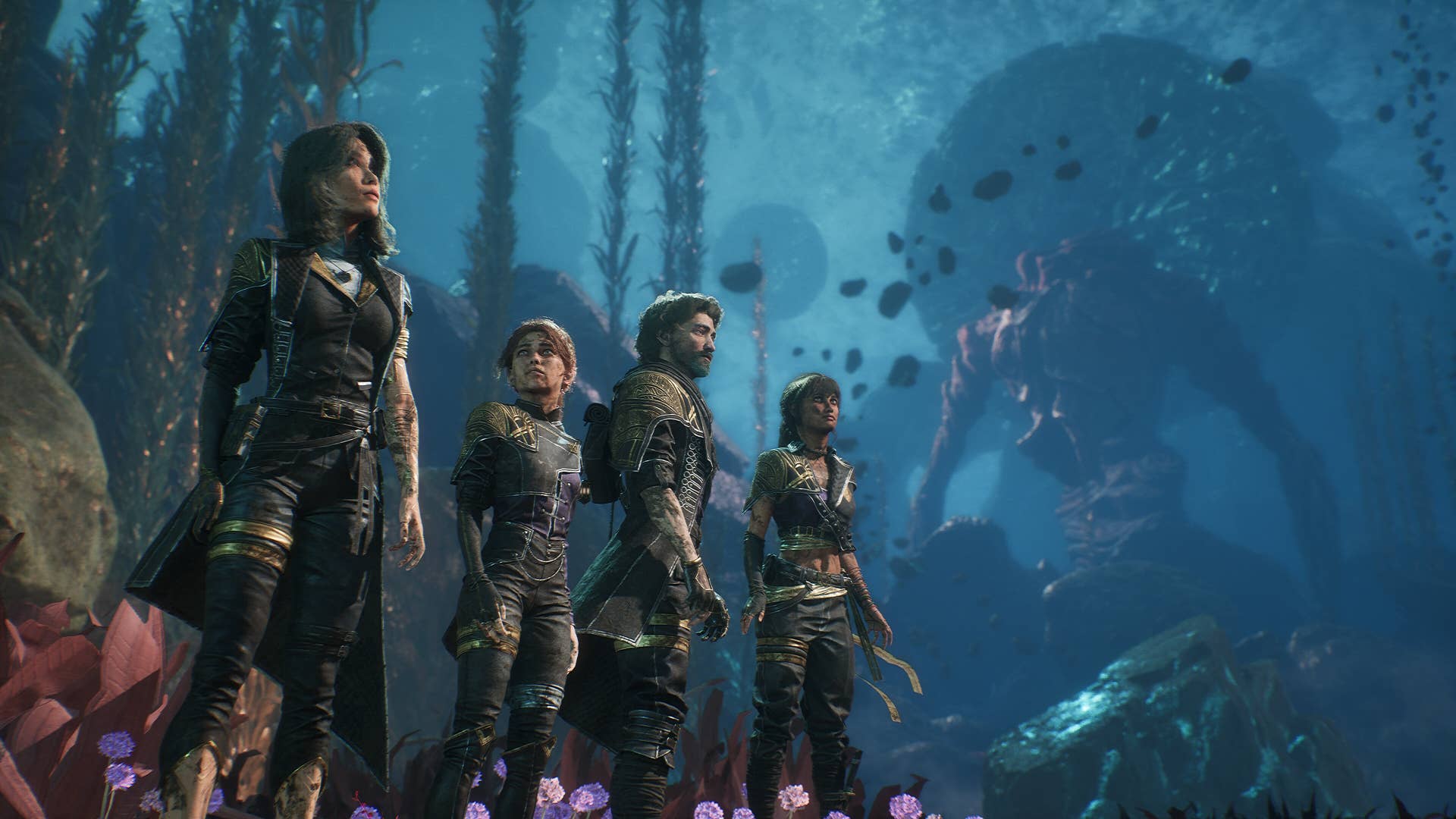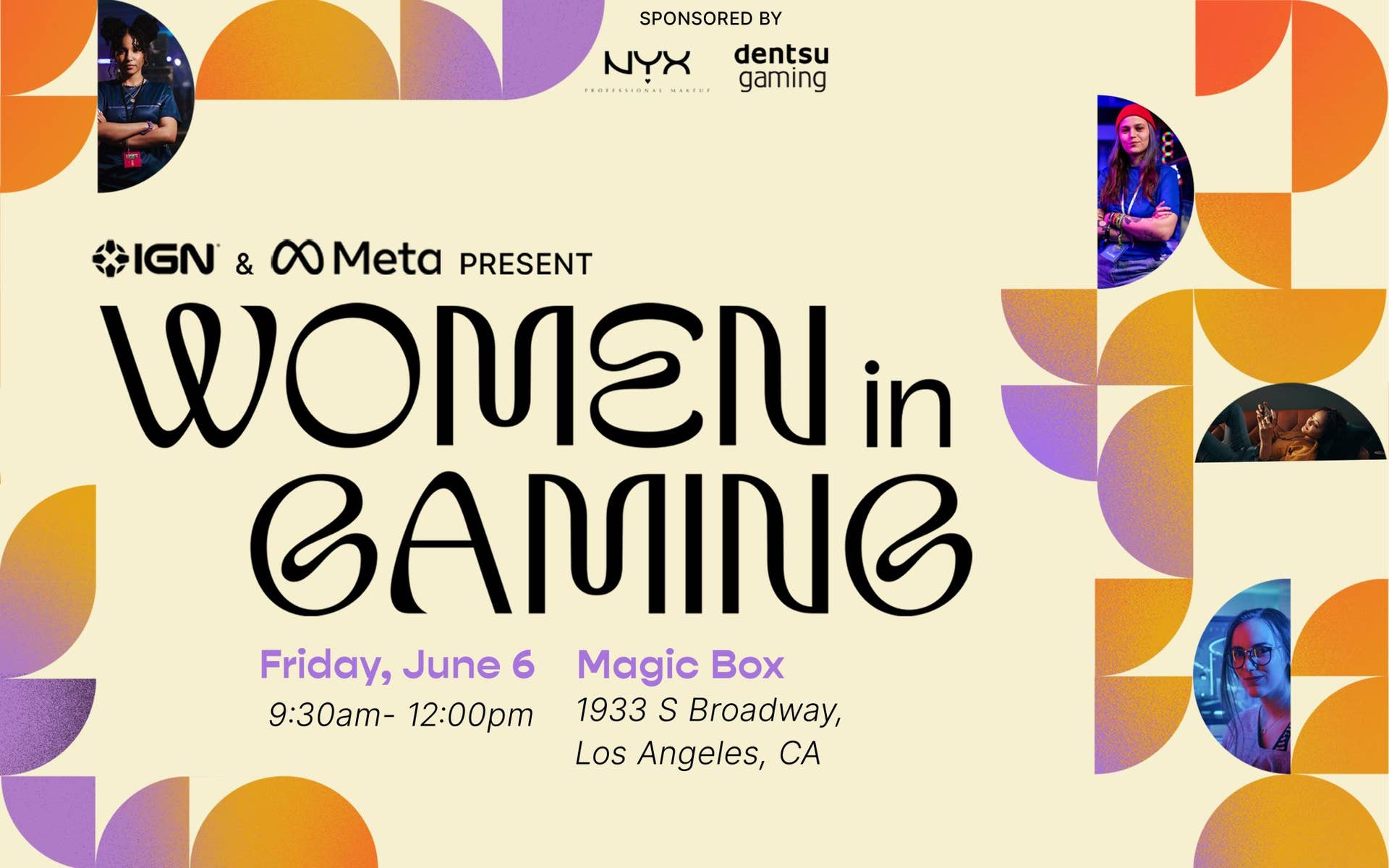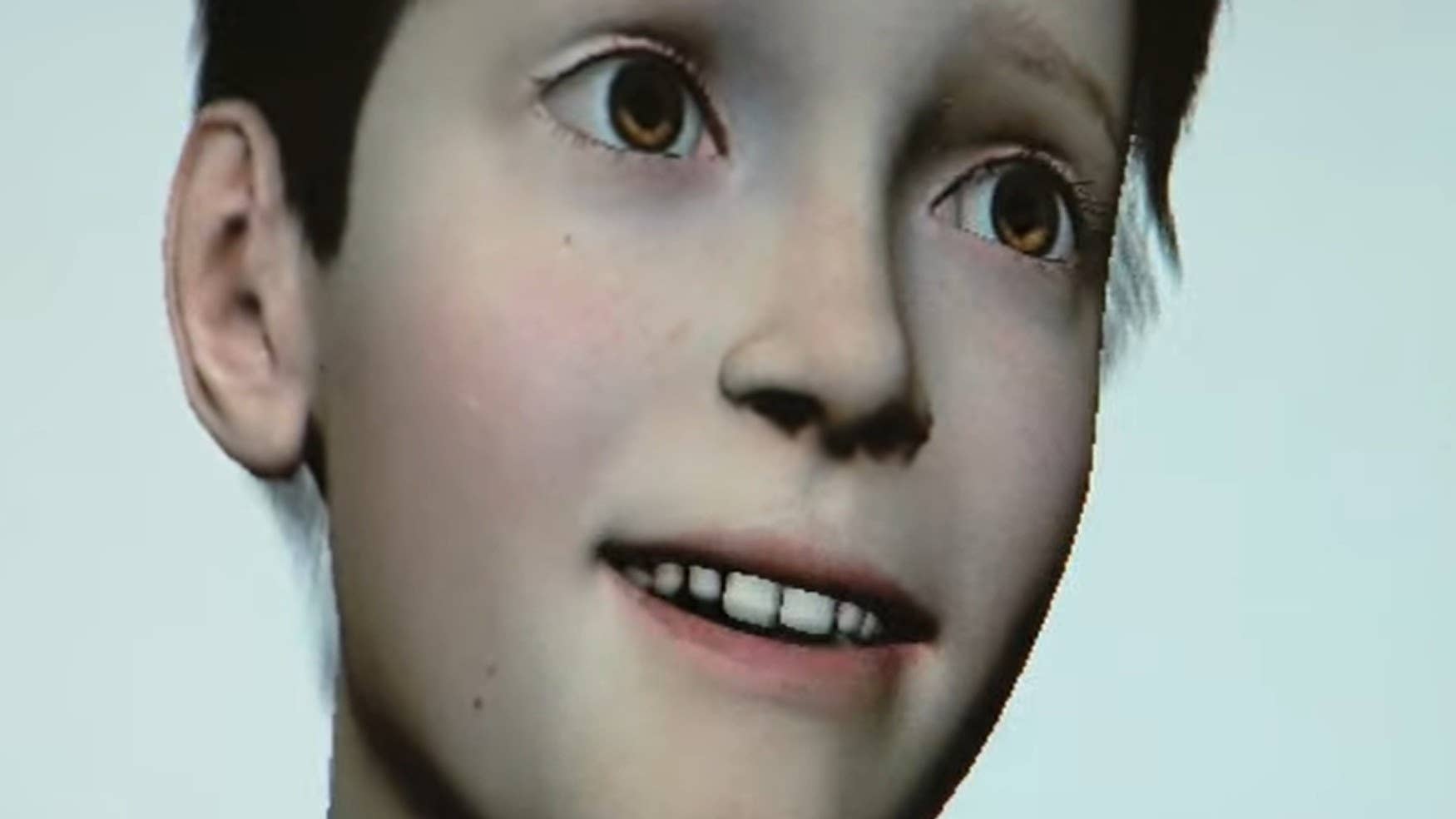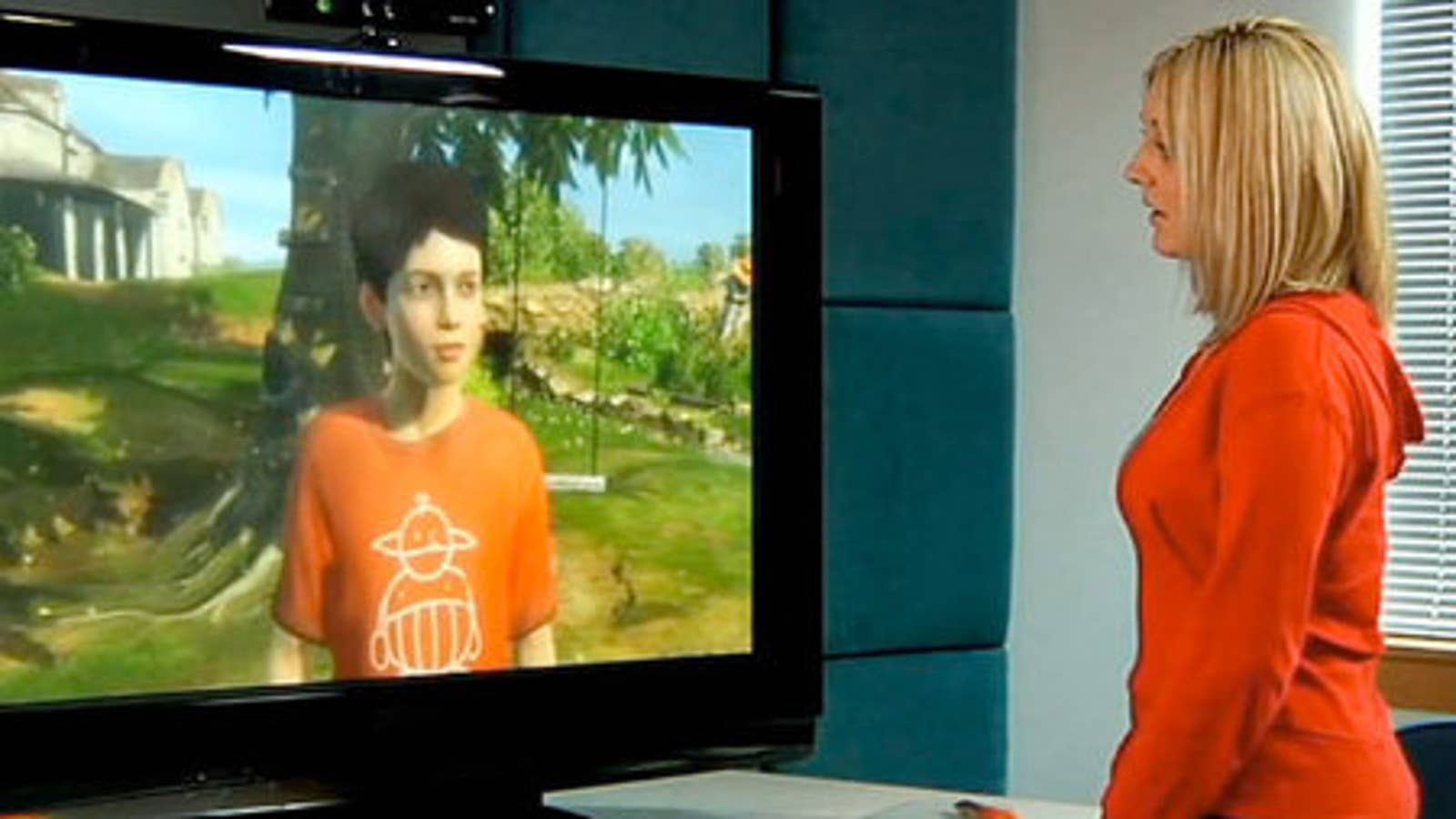As the Nintendo Switch 2 launches, these are our hopes and dreams for the console
As the Nintendo Switch 2 launches, these are our hopes and dreams for the console
Image credit: Nintendo
Feature
by GamesIndustry.biz Staff
Contributor
Published on June 5, 2025
With the Nintendo Switch 2 launching today, it closes out a rocky pre-launch period of tariffs, fiery price discussions around software and hardware, and some retailers cancelling pre-orders.
Much of that will feel like a distant memory once the hotly-anticipated console is in players' hands, and they're trying out the first new Mario Kart game in more than 11 years.
There's always something special about Nintendo hardware. Even with the Wii U, the console manufacturer's biggest dud in recent memory, that was still the case. While the Switch 2 is firmly an evolution of 2017's Switch and not anything bolder in terms of input or form factor, Nintendo's unbelievable run of great software over the past eight years looks set to continue.
The downside for consumers, of course, is that they will be paying much more for some of those titles than they did on the last console.
Below, to celebrate its launch day, the GamesIndustry.biz team shares its realistic hopes and dreams for the years to come on Switch 2.
A fresh take on exclusive IP
Nintendo has already demonstrated that it's willing to switch it up in terms of new takes on its iconic franchises, with the destructible levels of Donkey Kong Bananza and the open roads of Mario Kart World. But I have an appetite to see the same approach taken with continuations of beloved franchises like The Legend of Zelda, 3D Mario, and Pokémon.
While Breath of the Wild and Tears of the Kingdom are getting enhanced versions and the newest Pokémon Legends title launches this fall, Nintendo has the opportunity to revitalise some of its beloved IP with boosted hardware and fan interest. Not only that, but it could flip the script entirely and debut a brand new franchise unrelated to anything that’s come before it – something that would become intertwined with the Switch 2 and inspire a new generation of players and developers. – Sophie McEvoy
The end of bad Switch ports
While games like Doom and The Witcher 3 demonstrated that miracles were possible with the Nintendo Switch's limited hardware capabilities, numerous ports from more powerful platforms fell short. From the notoriously rough visual downgrade of Batman: Arkham Knight to the choppy port of WWE 2K 2018, sometimes visually intensive games have made their way to the console with a whiff of 'buyer beware' about them.
In some cases, like the Kingdom Hearts games, 'cloud' versions bypassed trying to run natively on the hardware altogether, which was a compromise too far for many players.
That's a trend the Switch 2, with its out-of-the-gates impressive ports of Cyberpunk 2077 and Civ 7, could really do without. Inevitably, we will reach a point with the next Xbox and PlayStation consoles where the disparity with the Switch 2 becomes too great, and we could potentially see a similar downslide in ports.
But hopefully the quality level reached with this first wave of releases sets a high standard for what's to come. Users' tolerance for lower quality multiplatform releases has been tested too much during the latter years of the Switch's lifecycle. – Samuel Roberts
Switch 2 is at the heart of indie games
Image credit: ConcernedApe
The early years of the Switch were a honeymoon period for indie games, causing a gold rush of publishers and developers getting their back catalogues on the platform. As the eShop became swamped with shovelware, while Nintendo did little to improve discoverability, Steam quickly became the de facto home for indie games again.
There's still nothing like playing an indie game on Switch. The portability remains a cut above other devices with a similar form factor, like the Steam Deck. While Nintendo shows it values smaller games with its Indie World showcases, there's still a disconnect between the intent of those presentations and how easily indie games are actually discovered on Switch.
Using the eShop to celebrate good taste in games should be a goal of Nintendo's during this generation. A golden age of indies comparable to the original Switch launch seems unlikely – the moment has probably passed on that. But more consistent curation would have a massive amount of value. – Samuel Roberts
Nintendo shows that the mouse has the magic
The unveiling of the Switch showed that Nintendo learned a lot of lessons from the Wii U, itself a failed follow-up to the Wii: the company didn't rock the boat. It's the same form factor you know from the original Switch, with a clear '2' in the name. All its more novel secondary features – like the Joy-Con's mouse controls – are not at the centre of the marketing messaging like the Wii Remote or DS touchscreen were for those consoles.
This was wise in a few practical ways. It means there are no interface-based headaches in porting a game onto the console, paving the way forgood third-party support. Consumers, developers, and publishers know what they're getting. Still, it means the console is going to feel largely familiar as an experience.
The hope, then, is that deeper into the generation, Nintendo and other developers find new and interesting things to do with the mouse. Competitive wheelchair basketball game Drag x Drive is Nintendo's first attempt at this, but the drab art style doesn't inspire much confidence. Previous breakthrough exclusives like Arms and Splatoon felt like a much bigger deal. – Samuel Roberts
More than just a console
As a handheld device, the Switch ended up being more than just a games console. Subscription-based services like Crunchyroll and InkyPen provide access to anime, comics, and manga, while the YouTube app lets players watch aselection of movies and shows.
With the improvements in screen resolution, the Switch 2 would benefit from integrating more streaming services like Netflix, Disney+, and Amazon Prime. Sure, you can use these apps on phones and laptops, but it would be convenient to have everything on one device – particularly a handheld console that's a popular traveling companion.
And with social connectivity being a major selling point of the new console with GameChat, there's an opportunity to host streaming parties of shows and films on top of playing games. – Sophie McEvoy
The GameCube library isn't left to fester on Nintendo Switch Online
On day one, Nintendo Switch Online's Expansion Pack brings GameCube games to Switch 2 players: The Legend of Zelda: Wind Waker, F-Zero GX, and Soulcalibur 2. More will be coming, but if Nintendo's previous form with its classic console libraries are anything to go by, it will be a glacial wait. I hope I'm proven wrong.
Possibly complicating matters is that some key GameCube titles have already been ported to Switch, like Paper Mario: The Thousand-Year Door, Pikmin 1 and 2, and Metroid Prime. The console's best game, Resident Evil 4, has been widely available for years on other platforms.
The best case scenario here, then, is that Nintendo brings some more unusual or unexpected games to the service – the coming inclusion of Chibi-Robo, a cult GameCube game that's been hard to get hold for many years, is a strong indicator that the company is thinking outside the more obvious Mario and Zelda games.
Rogue Squadron 2: Rogue Leader, Eternal Darkness: Sanity's Requiem, and Metal Gear Solid: The Twin Snakes would be on my personal wishlist. And maybe Starfox Adventures, too, just to hear everyone complain about it again. – Samuel Roberts
A new take on Zelda in time for the movie
This one is pretty much guaranteed. After reinventing the Zelda series with the open world games Breath of the Wild and Tears of the Kingdom, both of which celebrated player freedom and ingenuity, it will be fascinating to see what tack the team behind these games take next.
"I thinkis – to use a bit of a term – an apotheosis, or the final form of that version of The Legend of Zelda," said producer Eiji Aonuma in a 2023 interview with Game Informer. "In that regard, I don't think that we'll be making a direct sequel to a world such as that that we've created."
My prediction: in the same way Super Mario Wonder gave players a fresh spin on a classic Mario 2D platformer experience following 2023'sSuper Mario Bros. movie, I could see a similar tack taken with 2027's live-action Zelda movie. A game that seems superficially familiar, but is bursting with new ideas, would bridge the gap between veteran Nintendo players and newbies. – Samuel Roberts
#nintendo #switch #launches #these #are
As the Nintendo Switch 2 launches, these are our hopes and dreams for the console
As the Nintendo Switch 2 launches, these are our hopes and dreams for the console
Image credit: Nintendo
Feature
by GamesIndustry.biz Staff
Contributor
Published on June 5, 2025
With the Nintendo Switch 2 launching today, it closes out a rocky pre-launch period of tariffs, fiery price discussions around software and hardware, and some retailers cancelling pre-orders.
Much of that will feel like a distant memory once the hotly-anticipated console is in players' hands, and they're trying out the first new Mario Kart game in more than 11 years.
There's always something special about Nintendo hardware. Even with the Wii U, the console manufacturer's biggest dud in recent memory, that was still the case. While the Switch 2 is firmly an evolution of 2017's Switch and not anything bolder in terms of input or form factor, Nintendo's unbelievable run of great software over the past eight years looks set to continue.
The downside for consumers, of course, is that they will be paying much more for some of those titles than they did on the last console.
Below, to celebrate its launch day, the GamesIndustry.biz team shares its realistic hopes and dreams for the years to come on Switch 2.
A fresh take on exclusive IP
Nintendo has already demonstrated that it's willing to switch it up in terms of new takes on its iconic franchises, with the destructible levels of Donkey Kong Bananza and the open roads of Mario Kart World. But I have an appetite to see the same approach taken with continuations of beloved franchises like The Legend of Zelda, 3D Mario, and Pokémon.
While Breath of the Wild and Tears of the Kingdom are getting enhanced versions and the newest Pokémon Legends title launches this fall, Nintendo has the opportunity to revitalise some of its beloved IP with boosted hardware and fan interest. Not only that, but it could flip the script entirely and debut a brand new franchise unrelated to anything that’s come before it – something that would become intertwined with the Switch 2 and inspire a new generation of players and developers. – Sophie McEvoy
The end of bad Switch ports
While games like Doom and The Witcher 3 demonstrated that miracles were possible with the Nintendo Switch's limited hardware capabilities, numerous ports from more powerful platforms fell short. From the notoriously rough visual downgrade of Batman: Arkham Knight to the choppy port of WWE 2K 2018, sometimes visually intensive games have made their way to the console with a whiff of 'buyer beware' about them.
In some cases, like the Kingdom Hearts games, 'cloud' versions bypassed trying to run natively on the hardware altogether, which was a compromise too far for many players.
That's a trend the Switch 2, with its out-of-the-gates impressive ports of Cyberpunk 2077 and Civ 7, could really do without. Inevitably, we will reach a point with the next Xbox and PlayStation consoles where the disparity with the Switch 2 becomes too great, and we could potentially see a similar downslide in ports.
But hopefully the quality level reached with this first wave of releases sets a high standard for what's to come. Users' tolerance for lower quality multiplatform releases has been tested too much during the latter years of the Switch's lifecycle. – Samuel Roberts
Switch 2 is at the heart of indie games
Image credit: ConcernedApe
The early years of the Switch were a honeymoon period for indie games, causing a gold rush of publishers and developers getting their back catalogues on the platform. As the eShop became swamped with shovelware, while Nintendo did little to improve discoverability, Steam quickly became the de facto home for indie games again.
There's still nothing like playing an indie game on Switch. The portability remains a cut above other devices with a similar form factor, like the Steam Deck. While Nintendo shows it values smaller games with its Indie World showcases, there's still a disconnect between the intent of those presentations and how easily indie games are actually discovered on Switch.
Using the eShop to celebrate good taste in games should be a goal of Nintendo's during this generation. A golden age of indies comparable to the original Switch launch seems unlikely – the moment has probably passed on that. But more consistent curation would have a massive amount of value. – Samuel Roberts
Nintendo shows that the mouse has the magic
The unveiling of the Switch showed that Nintendo learned a lot of lessons from the Wii U, itself a failed follow-up to the Wii: the company didn't rock the boat. It's the same form factor you know from the original Switch, with a clear '2' in the name. All its more novel secondary features – like the Joy-Con's mouse controls – are not at the centre of the marketing messaging like the Wii Remote or DS touchscreen were for those consoles.
This was wise in a few practical ways. It means there are no interface-based headaches in porting a game onto the console, paving the way forgood third-party support. Consumers, developers, and publishers know what they're getting. Still, it means the console is going to feel largely familiar as an experience.
The hope, then, is that deeper into the generation, Nintendo and other developers find new and interesting things to do with the mouse. Competitive wheelchair basketball game Drag x Drive is Nintendo's first attempt at this, but the drab art style doesn't inspire much confidence. Previous breakthrough exclusives like Arms and Splatoon felt like a much bigger deal. – Samuel Roberts
More than just a console
As a handheld device, the Switch ended up being more than just a games console. Subscription-based services like Crunchyroll and InkyPen provide access to anime, comics, and manga, while the YouTube app lets players watch aselection of movies and shows.
With the improvements in screen resolution, the Switch 2 would benefit from integrating more streaming services like Netflix, Disney+, and Amazon Prime. Sure, you can use these apps on phones and laptops, but it would be convenient to have everything on one device – particularly a handheld console that's a popular traveling companion.
And with social connectivity being a major selling point of the new console with GameChat, there's an opportunity to host streaming parties of shows and films on top of playing games. – Sophie McEvoy
The GameCube library isn't left to fester on Nintendo Switch Online
On day one, Nintendo Switch Online's Expansion Pack brings GameCube games to Switch 2 players: The Legend of Zelda: Wind Waker, F-Zero GX, and Soulcalibur 2. More will be coming, but if Nintendo's previous form with its classic console libraries are anything to go by, it will be a glacial wait. I hope I'm proven wrong.
Possibly complicating matters is that some key GameCube titles have already been ported to Switch, like Paper Mario: The Thousand-Year Door, Pikmin 1 and 2, and Metroid Prime. The console's best game, Resident Evil 4, has been widely available for years on other platforms.
The best case scenario here, then, is that Nintendo brings some more unusual or unexpected games to the service – the coming inclusion of Chibi-Robo, a cult GameCube game that's been hard to get hold for many years, is a strong indicator that the company is thinking outside the more obvious Mario and Zelda games.
Rogue Squadron 2: Rogue Leader, Eternal Darkness: Sanity's Requiem, and Metal Gear Solid: The Twin Snakes would be on my personal wishlist. And maybe Starfox Adventures, too, just to hear everyone complain about it again. – Samuel Roberts
A new take on Zelda in time for the movie
This one is pretty much guaranteed. After reinventing the Zelda series with the open world games Breath of the Wild and Tears of the Kingdom, both of which celebrated player freedom and ingenuity, it will be fascinating to see what tack the team behind these games take next.
"I thinkis – to use a bit of a term – an apotheosis, or the final form of that version of The Legend of Zelda," said producer Eiji Aonuma in a 2023 interview with Game Informer. "In that regard, I don't think that we'll be making a direct sequel to a world such as that that we've created."
My prediction: in the same way Super Mario Wonder gave players a fresh spin on a classic Mario 2D platformer experience following 2023'sSuper Mario Bros. movie, I could see a similar tack taken with 2027's live-action Zelda movie. A game that seems superficially familiar, but is bursting with new ideas, would bridge the gap between veteran Nintendo players and newbies. – Samuel Roberts
#nintendo #switch #launches #these #are








